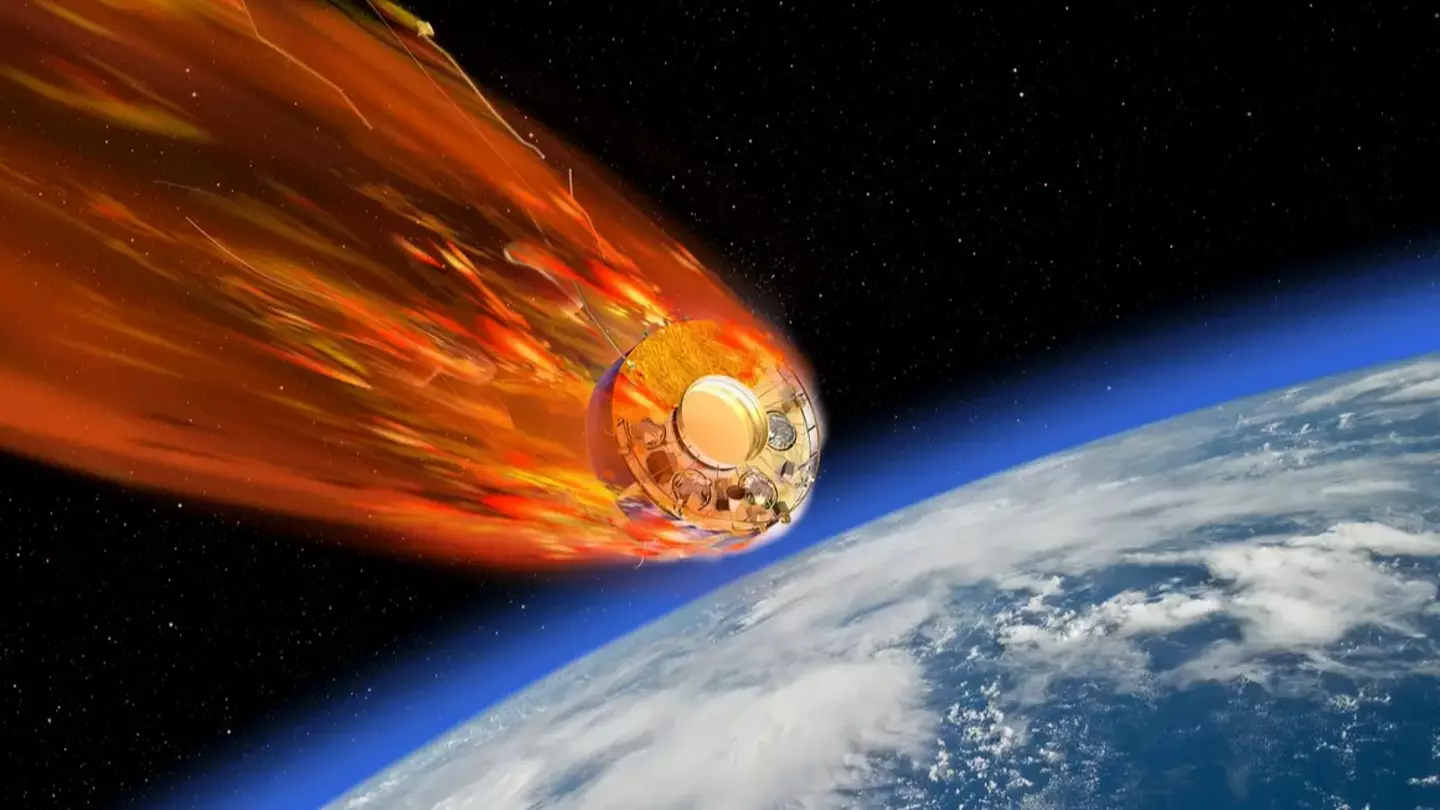
Featured Image Credit: ESA
Topics: Space, World News, UK News
 Anish Vij
Anish Vij
Anish is a Journalist at LADbible Group and is a GG2 Young Journalist of the Year 2025. He has a Master's degree in Multimedia Journalism and a Bachelor's degree in International Business Management. Apart from that, his life revolves around the ‘Four F’s’ - family, friends, football and food. Email: [email protected]
@Anish_Vij